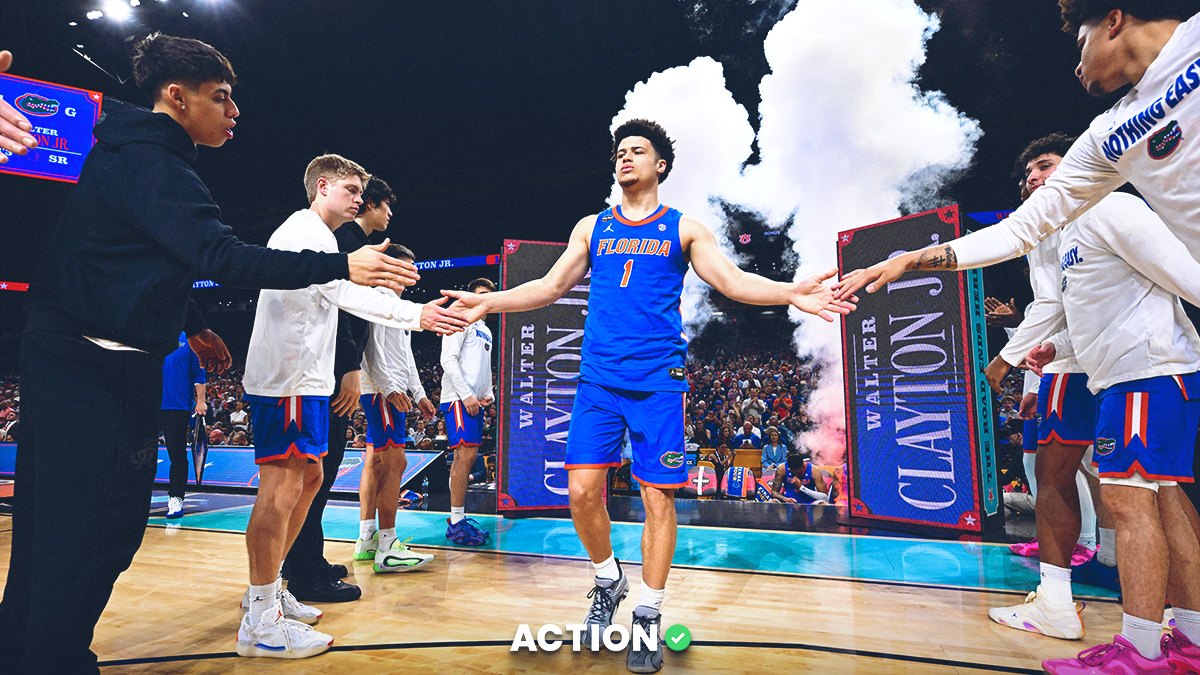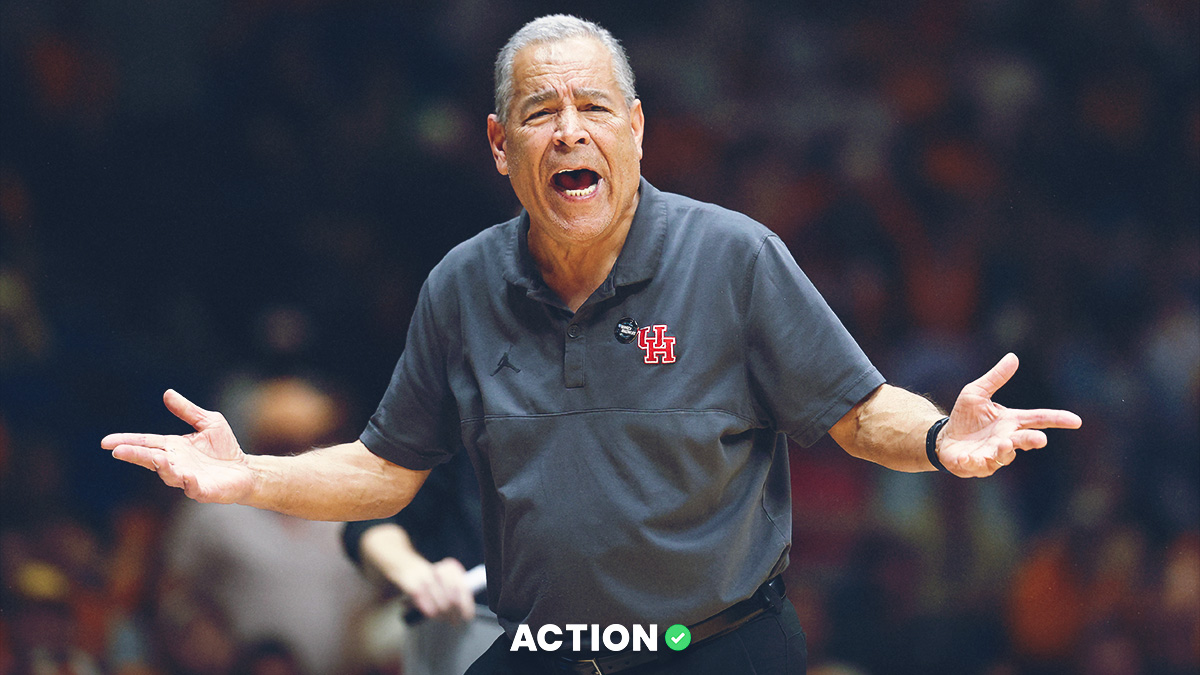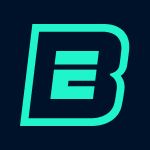As I've done the past few NCAA Tournaments, I wanted to share five fairly basic factors that I use to identify key mismatches and potential upsets in either the first round or further down the line. Those include:
- Unique schemes
- Rebounding splits
- Free throw percentages
- 3-point shooting splits
- Turnovers rates
My power rating is my starting point and most important factor, but understanding each team's statistical profile and how they match up with their opponent is what I spend the most time on leading up to the tournament. Unique schemes can be particularly effective in a tournament setting once teams get out of conference play and face teams that are not familiar with them. It's part of the reason why Syracuse has made a few unexpected runs with its infamous 2-3 zone.
Let's take a look at which teams zone and press the most to get things started.
In The Zone
Per Synergy, here are the seven tournament teams that have played zone defense on at least 25% of their possessions this season in addition to their Points Per Possession (PPP) allowed:
For what it's worth, Cleveland State and LSU would be the only other teams included on the list if the cut-off was 15% instead of 25%.
These defenses can be especially problematic for offenses that struggle to shoot from the outside and/or lack the personnel or scheme to break these zones down. For example, Tennessee does not profile (or grade out well) against a zone, which could spell some trouble against Oregon State in the first round.
Per Synergy, these are the five best tournament zone offenses in points per possession among 262 teams in the country that saw zone on a minimum of 75 possessions:
- Liberty
- Purdue
- UC Santa Barbara
- North Texas
- Ohio
And these are the worst:
- West Virginia
- Oklahoma State
- Texas Southern
- Texas
- North Carolina
Press U
Here are the seven tourney teams that have pressed the most this season. Ironically, the two heaviest pressing teams face each other in the first round, as do the next pair.
San Diego State, Florida and Iona would've made the cut with a 15% threshold. The press can obviously be very problematic against teams that don't have multiple reliable ball-handlers.
Out of the 275 teams that were pressed on at least 75 possessions this season, here are the five best in the tourney field in terms of points per possession:
- Illinois
- UC Santa Barbara
- Oral Roberts
- Drexel
- Colgate
And the five worst:
- North Texas
- Hartford
- Florida
- Texas Southern
- Mount St. Mary's
Sloppy Joes
On a related note, understanding who can and can't take care of the ball in a tournament setting is vital (especially on the second game of the weekend after only one day of prep for a quick turnaround). Here are the best and worst tournament teams in regards to turnover rate on both offense and defense. Please note that some of these could be by design based on scheme.
Some things to consider:
- Morehead State has the highest turnover rate of any team in the field, which could be problematic against a WVU defense that is down overall but can still apply pressure.
- Abilene Christian's uber-aggressive defense leads the nation in turnover rate. That could cause issues for a Texas team that has struggled with turnovers at times this season.
- As usual, Rick Pitino's defense at Iona is characterized by pressure, but the Gaels offense might be in much more trouble in that department against Alabama's super athletic defense.
- Mount St. Mary's and Georgetown are the only teams that made both "worst" turnover lists. Not totally surprising for the Hoyas who have a freshman point guard running the show.
- Can Villanova avoid turnovers against Winthrop without the services of Collin Gillespie?
- Can Utah State's freshman point guard duo avoid mistakes against Texas Tech?
- Florida State has had turnover issues at times this year. The Seminoles have to at least be a bit on high-alert against the UNCG pressure although Leonard Hamilton's squad (which also presses) has graded out well against opposing presses.
- Oregon is actually pretty equipped to handle the VCU patented "havoc" pressure. It's actually the Rams who should be much worried about their turnover woes against the Oregon press and traps.
- Oklahoma State and Grand Canyon can exhale a bit about their turnover issues against two first-round opponents (Liberty and Iowa, respectively) that don't turn teams over frequently.
- There shouldn't be too many thrown away possessions in the game between Ohio State and Oral Roberts.
Charity Work
I'm already excited for the Twitter reaction to the first epic backdoor cover of the tournament. Those (as well as buzzer beaters) generally come as the result of free throw misses.
Know which favorites can and can't shoot free throws. This could also make a difference in your bracket, as one off-shooting night could send a team packing. Here are the 15 tournament teams that shot over 75% from the line and the 14 that finished under 70%.
We have four first-round matchups of teams from the first column vs. teams from the second column. The biggest discrepancies by percentage delta are:
- Clemson +13.3 over Rutgers
- Wisconsin +9.9 over UNC
- Drexel +8.6 over Illinois
- Villanova +7.9 over Winthrop
If you're betting on Rutgers, you better hope the game isn't called tight.
From the Parking Lot
We know in 2021 that 3-point shooting variance will play a large role in the outcome of many games throughout the tournament. You should at least have some familiarity with which teams can shoot and which ones can't when evaluating specific matchups.
The chart below shows the 10 best and worst 3P shooting offenses and defenses. This is just a starting point for any analysis, as there can be drastic scheme differences that lead to a significantly higher or lower percentage of 3-pointers taken or allowed. Some teams also just might have had a lucky season and the regression monster looms (see: LSU's defense).
UNC is the only team to show up on both "worst" lists, as the Tar Heels' young backcourt really struggles from the perimeter (outside of Kerwin Walton) although it's not a 3P reliant offense. The heels also aren't the most suffocating perimeter defense (in part by design).
Meanwhile, Colgate is the only team to show up on both "best" lists, but you have to take its statistical profile with a grain of salt, considering it only faced three Patriots League team (Army, Holy Cross and Boston) during the regular season. That said, there's no doubt the Raiders can shoot.
None of the 10-worst 3P defenses in the bracket will have to face any of the top-10 3P shooting teams. Fortunately for Iowa, which allows a high rate of open 3-point attempts, Grand Canyon does not excel in the shooting department. UCLA's shaky perimeter defense may get a break against Michigan State in the play-in game. The same can be said for Oklahoma's sagging defense against a poor-shooting Missouri team.
Texas Southern, arguably the worst shooting squad in the dance, may have real trouble scoring inside and out against Mount Saint Mary's. Cleveland State should have similar struggles against Houston.
For reference, the five tournament teams that shoot the highest percentage of 3-pointers per field goal attempt include:
- Liberty (47.4%)
- Alabama (47.1%)
- Oral Roberts (46.0%)
- Villanova (44.6%)
- Creighton (44.3%)
Interestingly, Creighton will face a UC Santa Barbara team that allows the lowest percentage of 3-pointers of any team in the tournament with its extended defense.
And the least three-point reliant teams include:
- Texas Southern (27.8%)
- North Carolina (28.2%)
- Illinois (30.7%)
- USC (31.2%)
- Texas Tech (31.3%)
Lastly, Syracuse and San Diego State have two of the five highest 3PA rates allowed among tourney teams (along with LSU, Purdue and Norfolk State). That matchup will likely come down to which team has a better outside shooting night.
Eating Glass
If the shots aren't falling from the outside, offensive rebounds can really bail a team out in a sudden death tournament. Take a look at the best offensive rebounding teams (by rate) in the tournament and the worst defensive-rebounding ones.
The only first-round game that matches up a team from the first column with one from the second column is Houston-Cleveland State, which shows up as a glaring mismatch in many categories in the Cougars' favor. Kelvin Sampson's club should absolutely dominate on the offensive glass against CSU.
Keep in mind that some of these statistics can simply be a result of a specific scheme. For example, when looking at the best defensive rebounding teams, Loyola Chicago and Utah State don't allow many offensive rebounds as a result of their respective schemes. The same is true for the most well known pack-line defenses of Liberty and Virginia in addition to teams with elite size (Purdue, Grand Canyon) and ones that relentlessly attack the defensive glass so they get out in transition (Winthrop, Gonzaga).
Meanwhile, more aggressive (Florida State, Florida, West Virginia, VCU) and zone-based defenses (Syracuse, LSU) tend to be more susceptible to allowing offensive rebounds.



















































